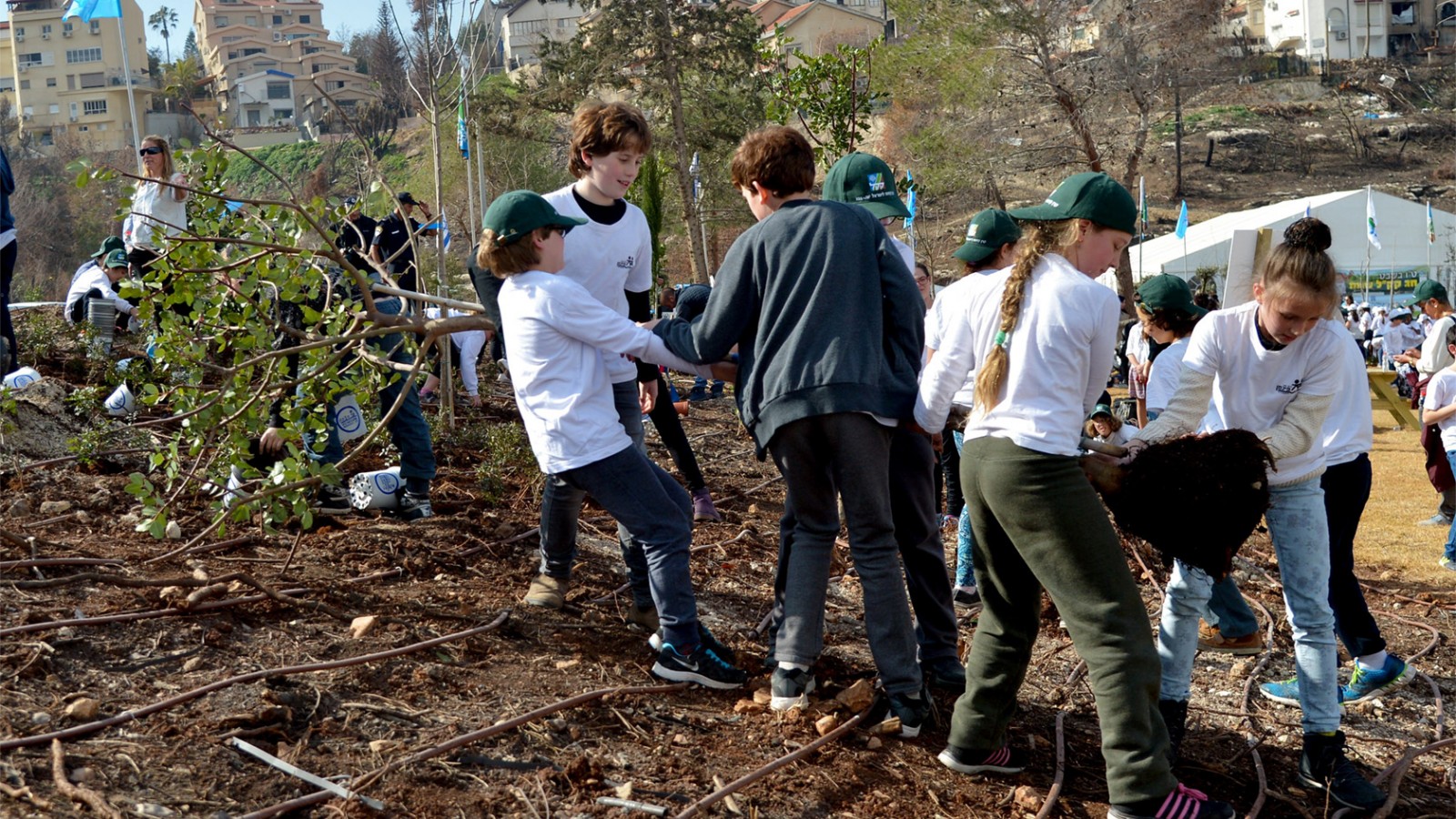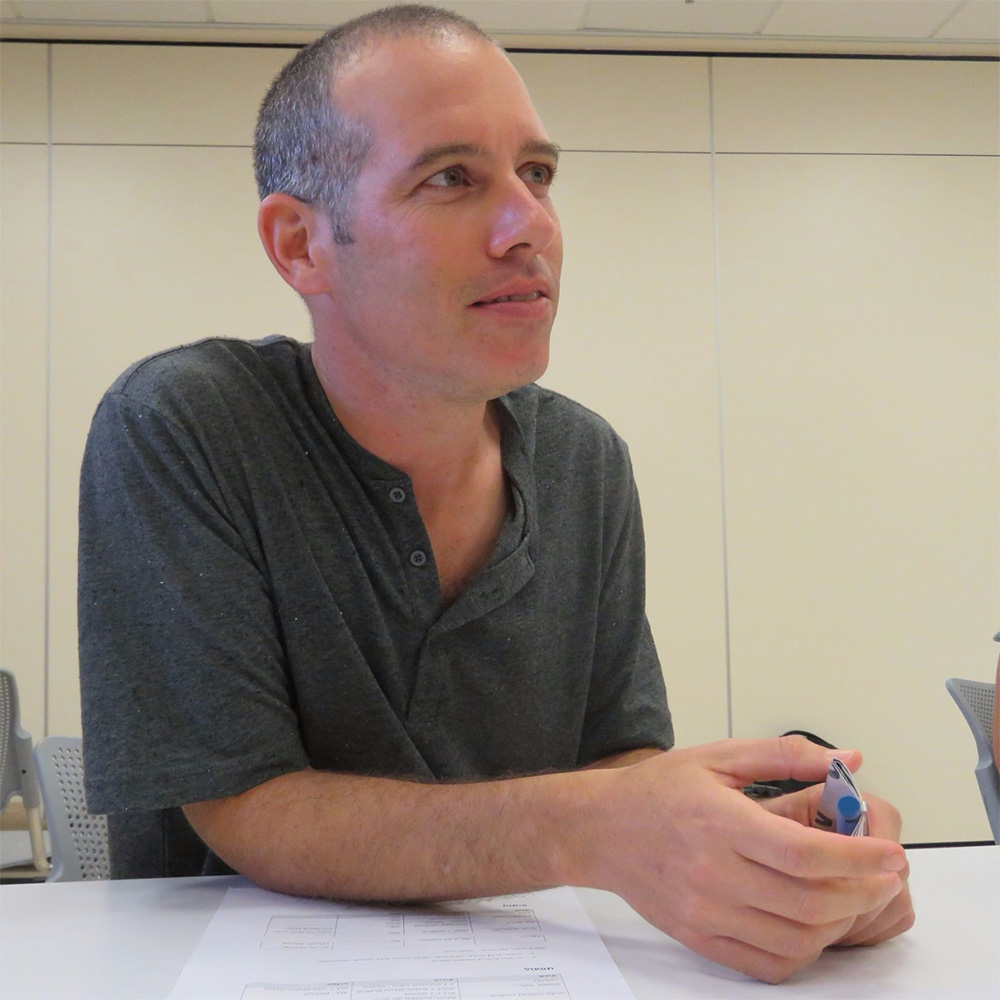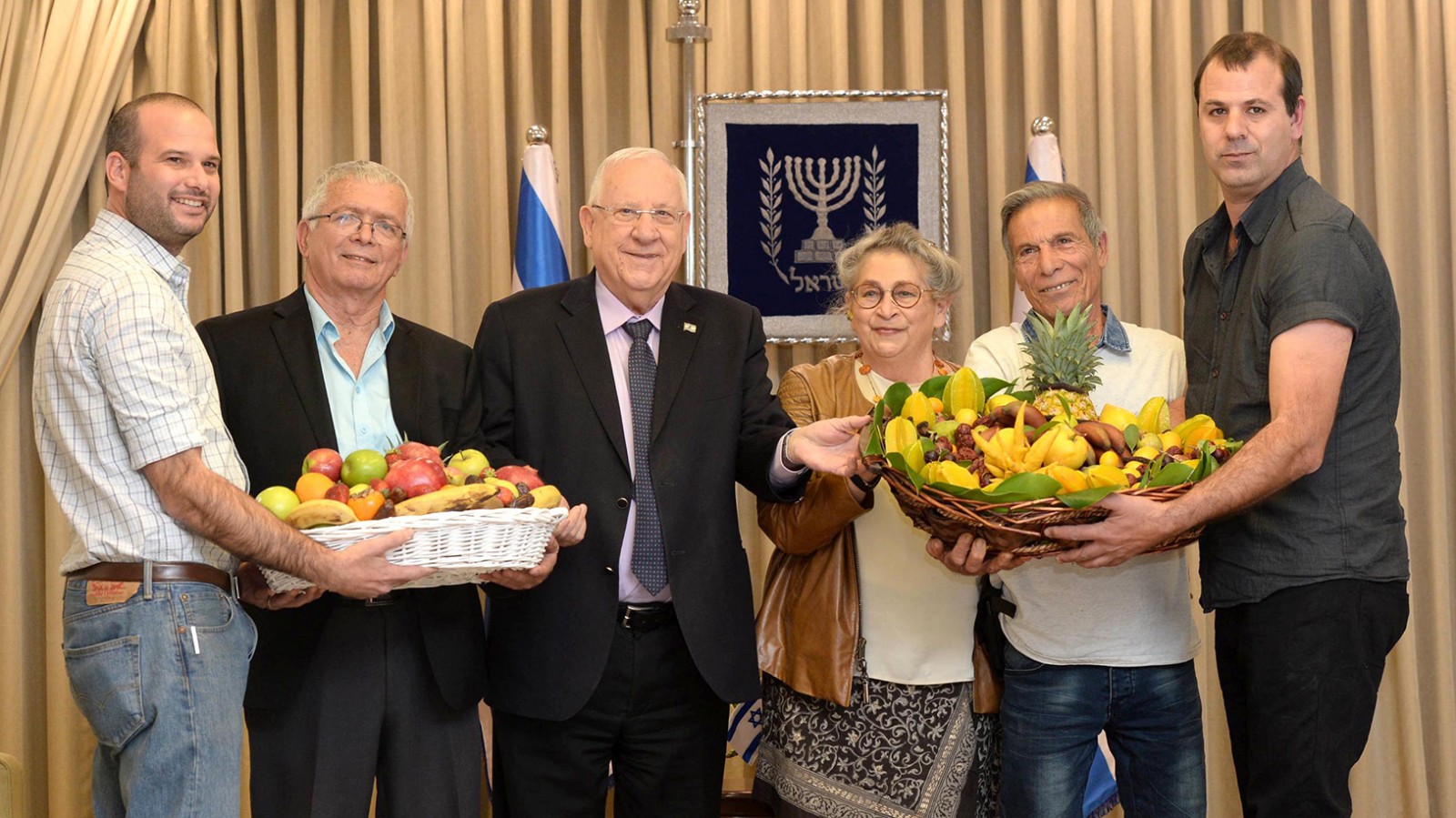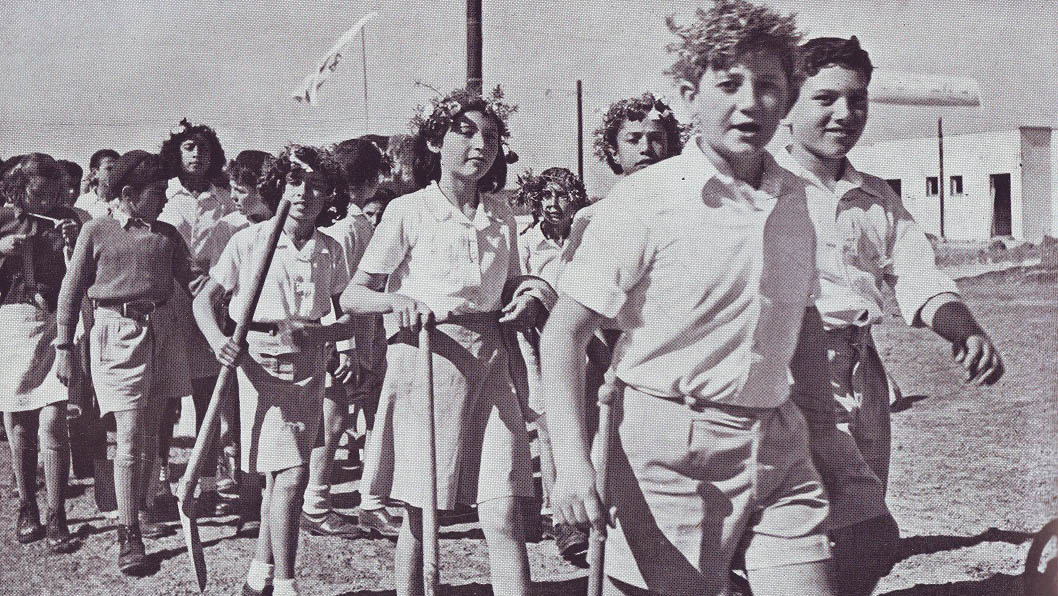Tu B'Shvat was never especially important, as far as Jewish holidays go. It's noted in the Mishnah as the date on which fruit is tallied for tax purposes, as one of four administrative new years. However, today in Israel Tu B'Shvat is widely celebrated. Why did the Zionist movement adopt this obscure holiday, and how has it evolved since rabbinical times?

Listen to this song: the thin voice of a young child singing Hebrew words with a distinct Yiddish accent. This song was recorded in a displacement camp in Cyprus, where the singing child had been sent by the British after he tried to make aliyah after World War II. The melody is of a well-known Yiddish folk song, Oyfn Pripetchik. A young child singing a Yiddish melody, with new words written in Hebrew and Zionist content meant to link the old-world song to the modern era by relating to Tu B'Shvat. The original lyrics tell the story of religious studies in the shtetl: " On the hearth, a fire burns/And in the house it is warm/And the rabbi is teaching little children/The alef-bet." The song is well-known in modern-day Jewish communities, as it appears repeatedly in the movie Schindler's List.
The Hebrew version of the song was written in 1910 by Simcha Ben Zion, father of the famous Tel Avivian artist Nahum Gutman and one of the first Hebrew language teachers, as part of a Tu B'Shvat performance. The new Hebrew words describe children carrying a shovel, and rather than learning the alef-bet they learn about trees,open fields and the land of our forefathers, of "sweat, milk and blood."
How did learning the alef-bet turn into learning through planting trees in the forest? How did pen become shovel as Zionism began? In order to understand Tu B'shvat's evolution through Jewish history, Davar interviewed Eran Yarkoni, chair of the Chagim Center, the holiday archive of the Kibbutz Movement at Kibbutz Beit Hashita.
Evolution of a Holiday
Yarkoni explains that the first time that Tu B'shvat is mentioned in Jewish texts is in the Mishnah, in the context of tax increases: "The four new years are: On the first of Nisan, the new year for the kings and festivals; On the first of Elul, the new year for the tithing of animals; On the first of Tishrei, the new year of years, for Sabbatical years and Jubilee years and for planting and for vegetables. On the first of Shevat, the new year for the trees, these are the words of the House of Shammai; The House of Hillel says, on the fifteenth thereof." That is, Tu B'shvat is a date of halakhic significance for agricultural purposes – when is one allowed to eat tree fruit, when may fruit be picked, tithing and kashrut and so forth.

Starting in the 16th century, there are various mentions of Tu B'shvat as a date on which religious teachers bring their students fruit from Eretz Yisrael and tell stories of the wonders of the Biblical land of our fathers. This custom especially took off in Islamic countries, where it involved piyyutim, or religious tunes, but it was observed in Europe as well. In Europe, though it was a holiday observed only by children under the age of 13, it represented a longing for Israel reminiscent of the well-known phrase "Next year in Jerusalem".
Shmaryahu Levin, a great thinker and member of the Zionist Congress, told of being brought dried fruits on Tu B'shvat as a child, because that was the only kind of fruit that would survive the long journey from the Land of Israel. He told this Tu B'Shvat story with a sort of grief for the distance that lay between the Jews and the land of Israel, stressing the effort to inspire love for Israel, even if only through a few dried, pitiful-looking fruits.
Only later, in Israel in the seventeenth century, did the rabbis of Tzfat create the kabbalistic Tu B'shvat seder, with its fruit tikkun, an all-night seder involving the reading of Bible verses involving fruit, a few passages of Psalms, and blessings over more than 30 different fruits eaten in Israel. The assumption is that seder is "tikkun (fixing) what is apparent and what is hidden", said Yarkoni, describing a belief that tikkun is performed through study and intent. Tikkun of the spiritual, not of the material. This mindset is extremely diasporic.
"Ze'ev Yevetz, the school principal of Rishon LeZion and a man of the first aliyah, blends the European May festival with the Jewish ethos by implementing a Tu B'shvat tradition of planting trees. A few years later, we see that Chaim Zota, a teacher in Tel Aviv, directed the first proper Tu B'shvat tree planting ceremony. It was meant to create a situation where the tikkun was not just spiritual or theoretical, but rather a holiday where people would go plant themselves and some trees in the ground of the land of Israel. They'd get close to the land and get muddy," Yarkoni said.
Yarkoni mentions, "Of course, it was a distortion of sorts because the holiday was originally about fruit, not saplings. The Mishnah even spells out that planting happens in Tishrei, and we all know that trees planted in the winter have a harder time taking to their new environment, not to mention that many Tu B'shvat planting ceremonies have to be cancelled due to rain. The holiday originally celebrated the fruit of the tree, not the tree itself, but it evolved in order to serve as a way to connect the Jewish people to the land."
When the State of Israel was established, Tu B'shvat was declared as the Knesset's birthday, adding to the significance of the once inconsequential commemorative date.

Yarkoni said that today, Tu B'shvat seders have acquired new meaning. "People want to relate to the ecosystem, which is all well and good and appropriate, but it’s a bit removed from the land." He seems to be referring to a particularly Jewish relation to the land, rather than a universal humanistic relation to the ecosystem. The spiritual blessings and cups of wine at the holiday seder are nice too, but Yarkoni thinks it's important for other components to be included in the holiday as well – planting winter plants, hiking around Israel, eating Israeli fruit.
The Chagim Center, which Yarkoni directs, has since its foundation dealt with archiving and creating Jewish culture in the Kibbutz movement. It now facilitates different educational projects striving to continue to shape Judaism today as a vibrant, ever-changing humanistic culture. "The Chagim Center pedagogy is to form connections between social and cultural theory and traditions, customs and symbols," concludes Yarkoni.







